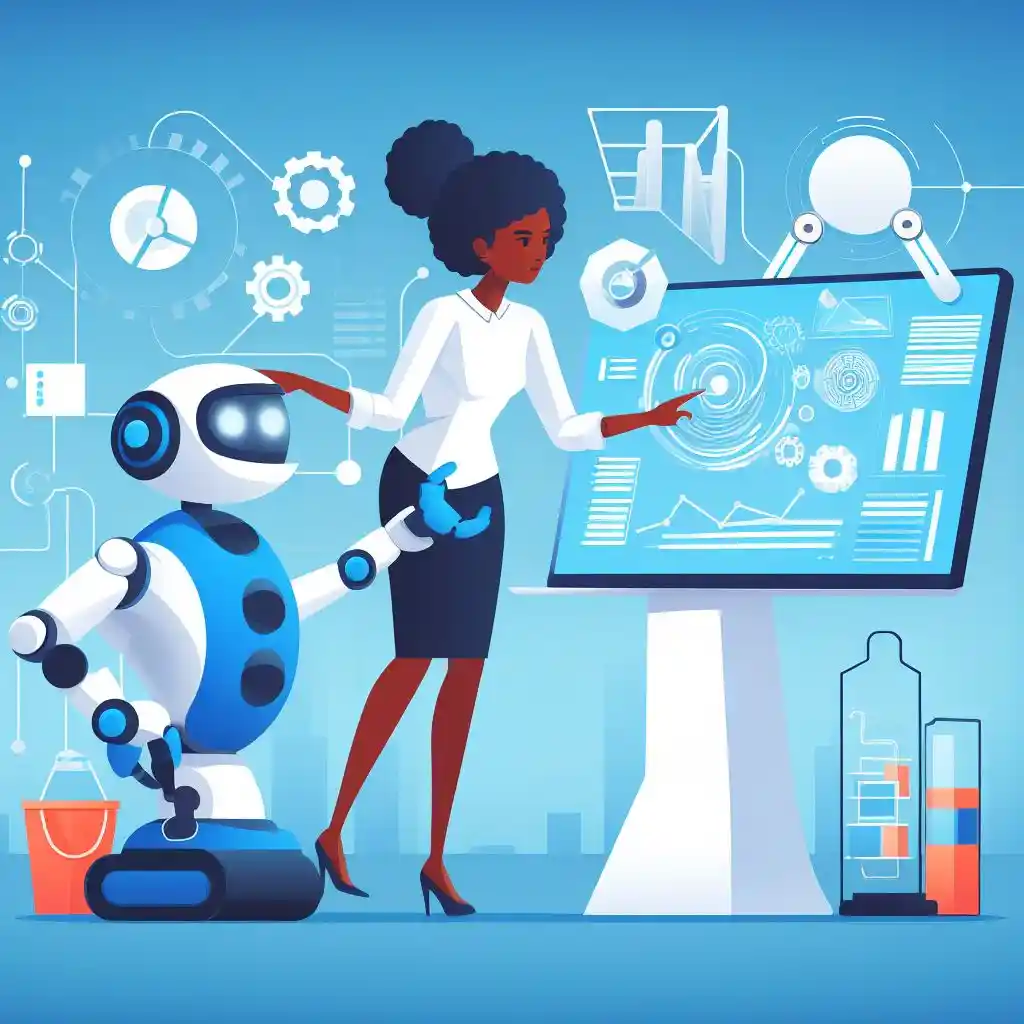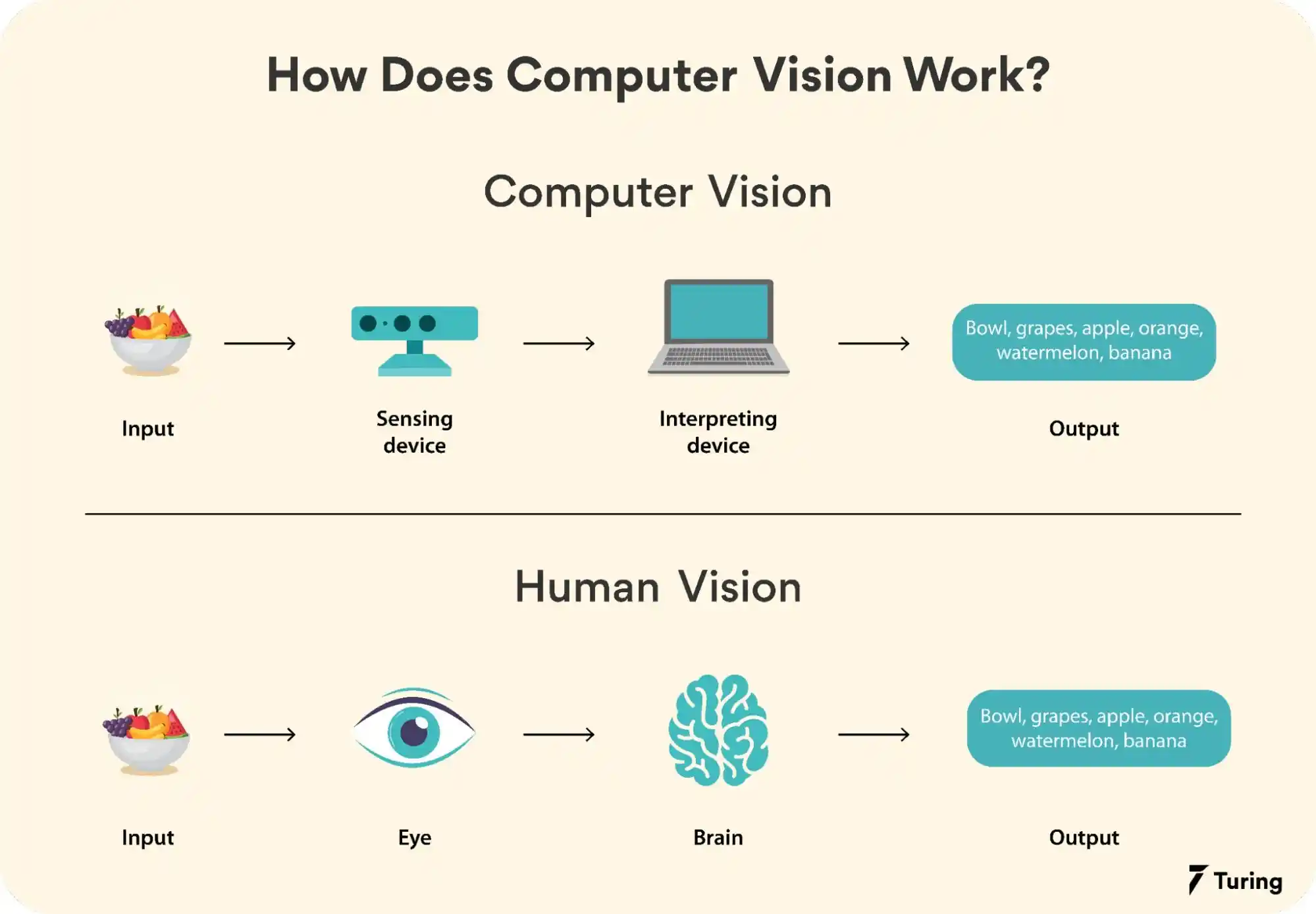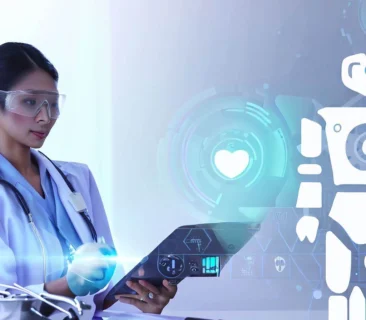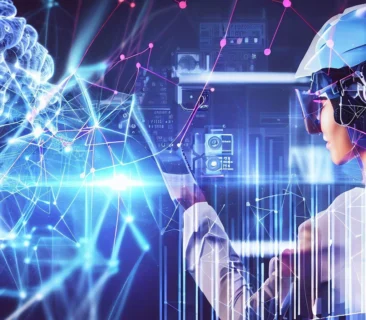
What is Computer Vision
Computer vision is an interdisciplinary field that combines computer science, human vision, and artificial intelligence (AI) to enable computers to understand images and videos. Computer vision allows computers to see and understand the world around them in a way that is similar to humans.
In more detail, computer vision is the field of study that deals with how to design and build algorithms and computer systems that can obtain high-level understanding from input data in the form of digital images or videos. From a technical perspective, the field aims to automate tasks that can be performed by human vision systems.
Why is Computer Vision Important

Computer vision is important because it allows computers to see and understand the world around them in a way that is similar to humans. This opens up a wide range of new possibilities for applications in a variety of fields, such as transportation, security, industry, healthcare, and entertainment.
Here are some of the reasons why computer vision is important:
- Improve efficiency and productivity: Computer vision can be used to automate tasks that were previously done by humans, such as product quality inspection, traffic control, and security surveillance. This can improve efficiency and productivity in a variety of industries.
- Improve safety and security: Computer vision can be used to develop more advanced safety and security systems, such as object detection systems, facial recognition systems, and autonomous vehicle systems. This can help to reduce accidents and crime.
- Improve quality of life: Computer vision can be used to develop applications that can improve our quality of life, such as more accurate disease diagnosis systems, more advanced robotic surgery systems, and more realistic and interactive games and entertainment applications.
Computer Vision Applications

Computer vision can be used for a variety of applications in a variety of fields, such as:
- Transportation: Computer vision can be used to develop intelligent transportation systems, such as traffic sign recognition systems, autonomous vehicle guidance systems, and traffic light control systems.
- Security: Computer vision can be used to develop more advanced security systems, such as facial recognition systems, object detection systems, and automatic surveillance systems.
- Industry: Computer vision can be used to develop product quality control systems, automatic inspection systems, and predictive maintenance systems.
- Healthcare: Computer vision can be used to develop disease diagnosis systems, robotic surgery systems, and more accurate medical imaging systems.
- Entertainment: Computer vision can be used to develop more interactive and realistic games and entertainment applications.
Here are some examples of computer vision applications in everyday life:
- Mobile phone cameras: Mobile phone cameras currently use computer vision for a variety of features, such as autofocus, face detection, and portrait mode.
- Autonomous vehicles: Autonomous vehicles use computer vision to detect objects on the road, such as other vehicles, pedestrians, and traffic signs.
- Security systems: Security systems in homes and businesses use computer vision to detect intrusion and recognize faces.
- Social media applications: Social media applications such as Facebook and Instagram use computer vision to detect faces and objects in photos and videos.
- Games: Modern games use computer vision to create more realistic and interactive environments.
Computer vision can also be applied in AI tools for a variety of purposes, such as:
- Image classification: Computer vision can be used to develop AI tools that can classify images into different categories. For example, these AI tools can be used to classify product images into categories such as food, drink, or clothing.
- Object detection: Computer vision can be used to develop AI tools that can detect objects in images or videos. For example, these AI tools can be used to detect vehicles, pedestrians, or traffic signs in images from traffic cameras.
- Image segmentation: Computer vision can be used to develop AI tools that can segment images, which is the process of separating objects in an image from their background. For example, these AI tools can be used to segment food objects in a recipe image.
- Object tracking: Computer vision can be used to develop AI tools that can track objects in videos. For example, these AI tools can be used to track vehicles in videos from traffic cameras.
- Facial recognition: Computer vision can be used to develop AI tools that can recognize faces in images or videos. For example, these AI tools can be used to recognize a user’s face when unlocking a phone or accessing a banking application.
How Computer Vision Works

Computer vision is the field of computer science that deals with the extraction of meaningful information from digital images or videos. This information can include the shape of objects, their color, texture, and motion. Computer vision can also be used to identify specific objects and people in images or videos.
Computer vision algorithms typically use machine learning techniques to be trained on a large dataset of images or videos. Once trained, computer vision algorithms can be used to process new images or videos and extract meaningful information.
The basic steps of how computer vision works are as follows:
- Image or video collection: Images or videos can be collected from a variety of sources, such as cameras, sensors, and the internet.
- Preprocessing: Images or videos are processed to improve their quality and reduce noise.
- Feature extraction: Computer vision algorithms are used to extract important features from images or videos, such as the shape of objects, their color, texture, and motion.
- Classification or detection: Computer vision algorithms are used to classify objects or people in images or videos, or to detect specific objects or people.
- Tracking: Computer vision can be used to track objects or people in videos.
- 3D reconstruction: Computer vision can be used to reconstruct 3D models of objects or people in images or videos.
Computer Vision Algorithms

Here are some of the most common algorithms used in computer vision:
- Convolutional neural networks (CNNs):
- Region proposal networks (RPNs):
- YOLO (You Only Look Once):
- Mask R-CNN:
- Optical flow:
CNNs are a type of artificial neural network that is very effective for computer vision tasks such as image classification, object detection, and image segmentation. CNNs work by extracting important features from images sequentially, starting from low-level features (such as edges and corners) to high-level features (such as object shape and texture).
RPNs are a type of artificial neural network that is used to detect objects in images. RPNs work by generating proposal regions, which are boxes that are likely to contain objects. These proposal regions are then classified and bounding box regression is performed to generate accurate object detections.
YOLO is a type of object detection algorithm that is very fast and accurate. YOLO works by processing the entire image at once, rather than processing parts of the image separately. This makes YOLO faster than other object detection algorithms, such as RPNs.
Mask R-CNN is a type of image segmentation algorithm that is very accurate. Mask R-CNN works by generating a mask for each object in the image, which is a black-and-white image that shows which pixels belong to the object.
Optical flow is an algorithm that is used to calculate the motion of objects in videos. Optical flow works by calculating the displacement of pixels between two consecutive video frames.
In addition to the algorithms listed above, there are many other algorithms that are used in computer vision. Here are some other examples of computer vision algorithms:
- SIFT (Scale-Invariant Feature Transform): SIFT is an algorithm that is used to detect and match features in images. SIFT is very effective for tasks such as image stitching and image matching.
- ORB (Oriented FAST and Rotated BRIEF): ORB is an algorithm that is similar to SIFT, but it is faster and less complex. ORB is often used for real-time computer vision tasks such as object tracking and visual navigation.
- HOG (Histogram of Oriented Gradients): HOG is an algorithm that is used to extract features from images. HOG is very effective for tasks such as image classification, such as pedestrian classification and vehicle classification.
- DPM (Deformable Part Model): DPM is an algorithm that is used to detect objects in images. DPM works by matching an object model to the image. DPM is very effective for detecting objects that have irregular shapes, such as human faces.
Limitations of Computer Vision

Although computer vision has made significant progress in recent years, there are still some limitations and drawbacks that need to be addressed. Here are some of them:
- Large data requirements: Computer vision algorithms typically require large amounts of data to train. This can be a challenge for computer vision researchers and developers, especially for complex tasks such as object detection and image segmentation.
- Poor performance in challenging conditions: Computer vision algorithms often do not perform well in challenging conditions, such as low lighting, bad weather, and obstructed objects. This is because computer vision algorithms are trained on data collected in ideal conditions.
- High cost: Developing and deploying computer vision systems can be costly. This is because computer vision systems require sophisticated hardware and software.
- Privacy concerns: The use of computer vision can raise privacy concerns. For example, facial recognition systems can be used to track and monitor people without their knowledge or consent.
- Lack of semantic understanding: Computer vision algorithms can typically identify objects and people in images or videos, but they have not yet been able to understand their meaning and context. This can limit the ability of computer vision algorithms to solve complex problems.
- Computational limitations: Computer vision algorithms often require significant computational resources to run. This can be a challenge for deploying computer vision algorithms on devices with limited computational resources, such as smartphones and cameras.
RELATED POSTS
View all



